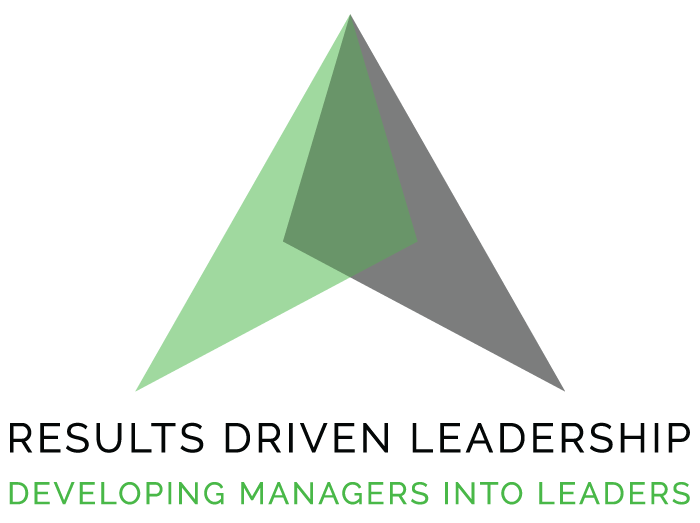TABLE OF CONTENTS
Let’s be honest: Writing a resume is a drag.
And I’m going to let you in on a little secret: reading one is no picnic either. But since just about all employers require it, resumes are kind of a necessary evil.
But that doesn’t mean they’re not useful. Learning how to write a killer resume can help you distinguish yourself from the competition, increasing your chances of landing the new gig.
These “expert-approved” resume tips can increase your odds in the job search, so be sure you’re taking note.
Resume design actually does matter
We all want to believe appearances don’t matter, but the experts all agree: A good resume design is critical. It needs to be catching without being hard on the eyes. Keep your template simple and clean, with a sleek aesthetic that’s unique enough to set it apart from the sea of resumes out there.
Just remember less is more. Don’t get too crazy with italics, bold, and all-caps — use them sparingly and only for emphasis. The best resume fonts look good on both a screen and a sheet of paper, so choose a modern style, and PLEASE do a test print before you send it off to employers.
Remember, no employer reads every resume top to bottom. To make your resume skim-worthy, use a mix of paragraphs and bullets to give your reader some variety.
“If the content is king, then the aesthetic value is queen,” says Debra Wheatman, President of the New York-based Careers Done Write. “and of course, STAY AWAY FROM TIMES NEW ROMAN. That’s the sweatpants of a font.”
Format your resume so the juicy content is up top
The top one-third of your resume is valuable real estate, so make it count.
When you’re deciding what resume skills to add, technical and other expert-level know-how should definitely get first dibs — and be sure you’re incorporating your most important social presence.
For example, here’s a great tip I learned recently: Instead of a mailing address, add your LinkedIn address next to your name and contact info. And while you’re at it, make sure your LinkedIn profile is as robust as it can be, offering an accurate reflection of who you are professionally.
“The overwhelming majority of professions use LinkedIn,” says Amanda Augustine, TopResume’s career expert. “So, your profile not only has to exist, it also has to support your resume.”
And please, please delete your “Objective.”
“Objective statements on your resume are a thing of the past. This is a marketing document, not a Dear Abby letter,” Augustine says. “Use a summary statement instead, which is basically just an elevator pitch for why you’re the best person for this job.”
Here’s a good one: Change the title on your resume to match how it’s presented in the job listing, If the company is looking for a “Marketing Communications Director,” and you meet the qualifications, it’s in your best interest to use that title or something like “Senior Manager of Marketing and Communications.”
Naturally, at some point, you’re going to apply for a job you’ve never held before. If that’s the case, lead with something more generic like “Marketing Professional.” Even if it’s not a perfect match, your resume summary statement can provide some context.
“View everything through the lens of ‘what do I want in my next job?’” Augustine says. “If you want to be competitive in today’s job market, you have to be able to advertise yourself.”
Hello! Grammar & Spelling matter?
Resume 101: Take the time to ensure there are no spelling or grammatical errors. I can’t tell you how many times I’ve passed on a resume because the candidate did not PROOFREAD! And after you’re done proofreading, have two or three other people proofread it too.
Are you even aware of the “Resume Bots”?
Remember when I said employers likely won’t read every resume from top to bottom? Well, large companies that don’t have time to muddle through the numerous resumes they receive for every open position, use tracking systems to do it for them.
It works like this: When you upload your resume to an online career portal, an ATS (Applicant Tracking System) scans it for keywords applicable to the job you’re applying for. The main function of these programs is to whittle down candidates, so the majority of resumes are swiftly eliminated.
“Normally, over 75 percent of candidates are taken out of consideration before a human ever sees their resume,” Augustine says. “So, you have to strategize your resume based on a piece of technology.”
“ATS systems are trained to scan vertically, so resumes that are aligned down the center are a safe bet”, Augustine says.
Another key to passing the bot test is tailoring your resume to include some of the keywords or skills from each job posting. If you’re unsure of which words to choose, Augustine recommends pasting the text from the ad into a free word cloud app, which will tell you which resume skills, technologies, and qualifications the posting references most frequently.
“You want to make sure whatever you’re listing is matching up with whatever they’re asking for,” she says. “That’s the greatest insight you have as to how they’ll evaluate your application.”
Walk the talk
Many of us have a tendency to fill our resumes with “responsibilities.” Employers are far more interested in your successes or accomplishments, and how you can mirror them at their company.
Be specific and provide relevant statistics wherever you can. Revenue wins, client growth and budget savings are easy to quantify — and are resume gold.
Use hard facts vs. fluff: A strong candidate will back up any resume assertions with facts. “Increased sales by 200 percent during FY17.” “Increased productivity by 25 percent, meriting an internal award for excellence.” “Closed $2M in sales within first six months.” Statements about “teamwork,” being a “people person” (my least favorite) and “leadership skills” are fluff unless you can bolster them with facts.
If you have to include soft skills — think leadership, negotiation and communication skills — make sure you do so in moderation.
“You want to avoid being overly fluffy,” Wheatman says. “Employers are looking for concrete skills. If they’re filling an engineering position, they don’t care how ‘outgoing’ you are.”
Don’t have any numbers-driven examples? Look to your skills section and think about how to validate them. Do you specialize in increasing efficiencies or decreasing defects? Have you ever acted in a leadership capacity, even if it wasn’t in your job description?
“Underneath the text, there’s a story,” Augustine says. “Find a way to connect the dots.”
Less is more
The more crowded your resume looks, the less likely you are to hold a prospective employer’s attention. Instead of jamming onto one sheet every entry-level job and internship you’ve ever held, pick and choose the roles most relevant to your prospective job.
Longevity does count. Commitment and loyalty are important traits. There might be certain fields that tolerate job hoppers due to the nature of the business, but employers want to see that you’ve stayed long enough at each job to add value, learn new skills and build loyalty. If you worked somewhere for a minute, don’t list it. Be discerning in your descriptions, too. The exact date you started and finished your previous job, or the year you graduated from college, is probably irrelevant.
“Reading a resume is a boring, tedious thing,” Wheaton says. “Think about the most compelling things you want to share with your audience and move along.”
As always, for more details and/or to get some help in the world of job hunting, contact me at tony@rdltraining.com





